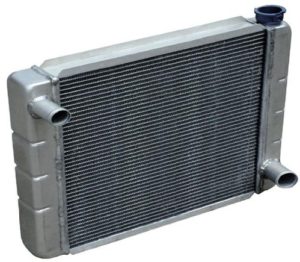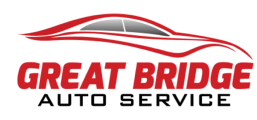If you question if your cooling system is working properly or if you need a radiator repair, the team at Great Bridge Auto Service is here to inspect and correct any issues.
Common Questions
What are the warning signs of radiator and cooling system problems?
Because of the crucial roles they play, addressing radiator repairs and cooling system issues should be a priority. If your vehicle is experiencing any of the symptoms below, it’s best to get it checked sooner rather than later.
- Engine overheating
- Vehicle runs warmer than normal according to gauges
- Provides poor heat in cabin
- Detect antifreeze odor (sweet smell)
- Leaks rusty colored water
- Have to add coolant to maintain proper level
- Windows fog up when heater or defroster is on
What parts make up the cooling system?
1. Radiator: After internal combustion occurs around the cylinders in your engine block, the coolant (anti-freeze) circulating around the cylinders move into the radiator’s aluminum fins. Air flows over the fins cooling the liquid.
2. Hoses: Rubber hoses leaving the radiator and engine carry coolant to other parts of your cooling system.
3. Radiator cap: Coolant can overheat creating increased pressure as the coolant gas expands. The radiator cap acts as a pressure release valve. When gas pressure in the radiator reaches about 15 pounds per square inch (psi), the radiator cap allows a valve to open and release the extra heat and coolant.
4. Coolant recovery system: These are tanks that capture overheated coolant released by the radiator cap and later sends it back into the radiator when the liquid cools.
5. Radiator fan: The radiator fan blows air over the radiator when the vehicle’s not moving .
6. Thermostat: The thermostat acts as the coolant “gatekeeper”. Its job is to maintain proper engine temperature. It does this by bringing coolant in when the engine needs cooling off and holding coolant back when the engine is too cold.
7. Water pump: The drive belt or serpentine belt provides power to the water pump. The water pump takes the coolant from the radiator and sends it to circulate around the combustion chambers and cylinders in the engine.
8. Heater core: It is a miniature radiator located between the engine and the dashboard. Its sole purpose is to bring heat to the passenger cabin. To do this, hoses bring heated coolant that circulated around the cylinder heads in the engine into the heater core. A fan blows across the heater core allowing you to divert the heat to the passenger cabin.
